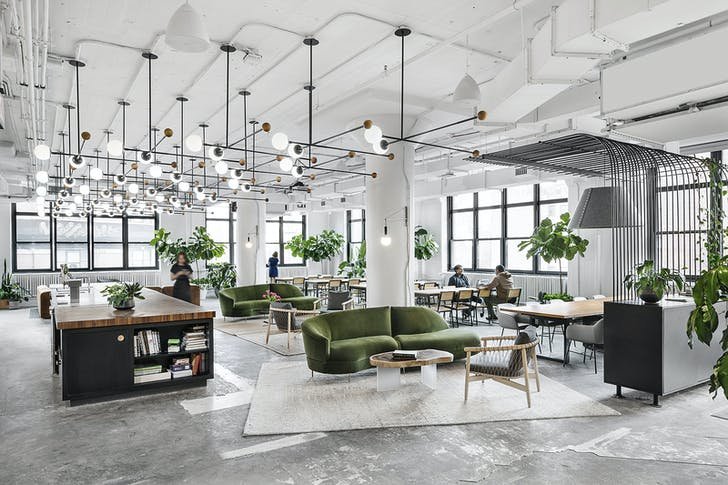
5 Must-Have Essentials for a Creative Workplace Design
A workplace interior is predominantly about flimsy glasswork, impressive furniture, and splendid lighting. A primary focus is laid on designing the office using the rudimentary elements in the first place. No matter what the goals are with your office interior, having the fundamentals right is a guaranteed success.
But not all designs are oriented towards your business success. While some designs are about colors, a few about patterns & furniture, spatial setting, and others about astonishingly appealing textures. A rich workplace interior not just elevates productivity, performance, and engagement but also promotes creativity a great deal.
According to Gevorg Hambardzun who leads a successful example of establishing a signage company, “Creative workplace design is often the negated aspect of space enhancement. Businesses must work out to see what they are missing to realize the full potential of visual branding. Go beyond colors, artwork, and design to achieve great results by incorporating visual tools.”
Whether you’re a small-sized business or a full-fledged company, a powerful interior design can make a lot of impact on your clients. Here are the five essentials you would need to seize the opportunity.
1. Branding
The workplace interior combined with illustrative branding such as your logo is the first point of interaction for your clients and employees. It is accountable for superior engagement, heightened communication, and expressing your own common brand story. Hence, bringing it to life has to be done by seamlessly integrating your logo on major touchpoints.
Having a great logo is a critical aspect, and reasonably the first step of building not just a creative space but a creative brand. Typography, design, colors, and appeal are the core elements for an authentic design. Read this post to learn what’s typical for an outstanding logo, but an extraordinary logo is not going to serve your success on a plate. Collaborate with design planners to plan placements that go well with your work culture.

2. Material
Apart from the basic planning, the material holds a tremendous role in meeting your design goals. A great choice of material adds a sophisticated look to space but also transforms it to fulfill the precise requirements of the businesses. Creative work is all about making progress with ideas and conceptualizing them into practical practices.
having the right atmosphere can ease up the process. And the material is outright the crucial factor. Whether it is about choosing the materials used for furniture, decoration, furnishing, and flooring. The workplace equipped with the right choice of material would speak volumes.
3. Design Principles
Be mindful of the 7-design principles of interior design when your workspace design is taking shape. Work in coordination with planners and architects to discover variations that meet your purpose. Discuss ways and guide them to lay down an effective strategy to tap into a functional design. The 7-design principles encompass
- Unity
- Details
- Contrast
- Emphasis
- Balance
- Proportion
- Rhythm
4. Performance
Along with the creative aspect, companies must ensure that the functional aspect of the workplace is not sidelined. The performance of the space is quite critical for the seamless workflow of creative activities. The areas of attention would constitute:

1. Acoustics: Make sure suitable acoustic materials are used in the right places to create an environment cohesive with your work culture. You want a cheerful environment but unwanted noises could hamper productivity and concentration levels. It is important to implement it right.
2. Energy Requirements: Be future-ready by remodeling an energy-efficient space, choose a design that minimizes energy consumption, promotes sustainability, and keeps environmental impact minimum.
3. Adaptable Spaces: Think about spaces that offer you leverage in terms of adaptivity. Adaptable spaces can reduce the need for renovation and repurposing the interior for the sake of space expansion.
4. Lighting: Make use of lighting to insinuate a distinct vibe in the environment. Lighting can help in achieving excellent visibility and embrace the desired mood.
5. Architecture
The architecture of the workplace should be properly discussed with planners to synchronize things based on your choice of environment. Keep in mind the thermal comfort and well-being of the people inside, while emphasizing on all-around visibility of branding. Branding such as signage would find a remarkable place in the architecture for frequent exposure among visitors and clients. You can see great examples of branding with architectural signage here.
The Bottom Line
The world is changing. So are the design requirements of a workplace. Keeping a simple and all-around plan of action would allow you access to the unrivaled benefits of a sensible, smart, and modern design.




